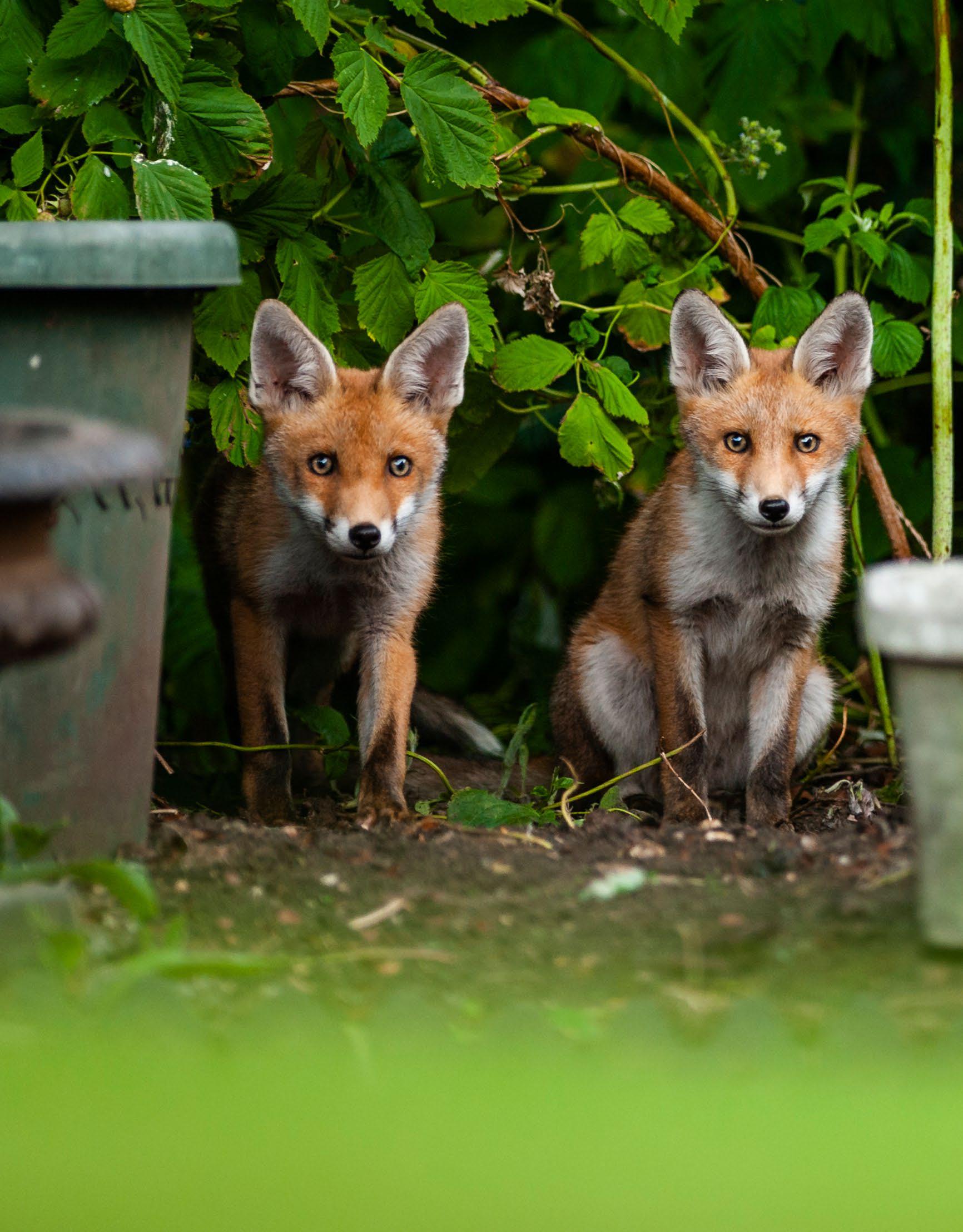
Within the wildlife photography genre there is a great deal to learn when it comes to crafting unique images. A tough discipline, you need not only to master your camera, but also have an good understanding of the behaviour of the subjects that you’re searching for. With such variety in the natural world there are infinite opportunities, but in order to return home with something a little different, it’s key to take some time to think about the images you want to produce, and plan your approach.
Developing your fieldcraft, selecting your lenses and editing down the ideas you want to shoot is all part of the process of advancing your wildlife photography, and the work you put in will directly impact the images you come home with!
FIELDCRAFT
Developing your fieldcraft is without doubt one of the best ways to improve your wildlife photography. All the camera gear in the world is useless if you don’t have a decent grounding in understanding how to find and get close to subjects on location. It’s arguably the most important thing to focus on if you want to up your game as a wildlife photographer, hence why it’s the first thing you should be thinking about.
Understand the baseline
One of the greatest bits of advice I try to teach when it comes to looking for wildlife, is that finding subjects is more about understanding the ‘normal’ for the environment than searching out specific animals. If you want to get good at consistently finding wildlife, learn to understand the background, know the basic sounds and looks of different environments. Get to know the easy-toidentify subjects in any given area.
This story is from the July 2023 edition of N-Photo: the Nikon magazine.
Start your 7-day Magzter GOLD free trial to access thousands of curated premium stories, and 9,000+ magazines and newspapers.
Already a subscriber ? Sign In
This story is from the July 2023 edition of N-Photo: the Nikon magazine.
Start your 7-day Magzter GOLD free trial to access thousands of curated premium stories, and 9,000+ magazines and newspapers.
Already a subscriber? Sign In
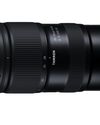
Tamron 28-75mm f/2.8 Di III RXD G2
The original version broke the mould for ‘trinity' standard zooms. The G2 enhances handling and performance further still
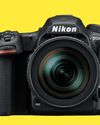
Nikon D500
Nikon's flagship DX-format DSLR is a modern classic. And while it hasn't been out of production for long, it left a hole in Nikon's camera line-up that's never been filled

Laurence Griffiths
With so much sporting action this summer, Laurence Griffiths of Getty Images reveals how to catch every goal at the Euros, details Getty Images' 24/7 Olympics coverage and why he always has a wide-angle ready. Keith Wilson managed to grab him before kick-off...

Ghost town
Adam Waring uses ND filters to subdue the hustle and bustle when shooting busy cities
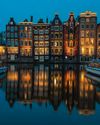
Creative cities
Experienced travel photographer Matt Higgs provides top tips for stunning shots of city sights
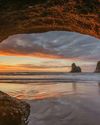
If at first you don't succeed...
Tom travels to the other side of the world to have another go at shooting an elusive image and displays the power of his perseverance
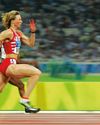
Shoot the summer of sports
Have the Olympics and Euros inspired you to photograph sport? Mike Harris shows you how to score a portfolio of top shots
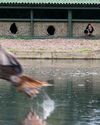
Osprey & prey
Birds of a feather Gary Jones and Leigh Pugh photograph ospreys from a purpose-built hide
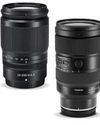
Superzoom lenses
These lenses will have you in for a long stretch, some more than others in the wide-angle to telephoto stakes
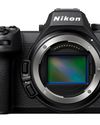
Nikon Z 6III
With a revolutionary 'partially stacked' full-frame sensor, the Z 6III fits flagship camera features in an compact enthusiast-level body